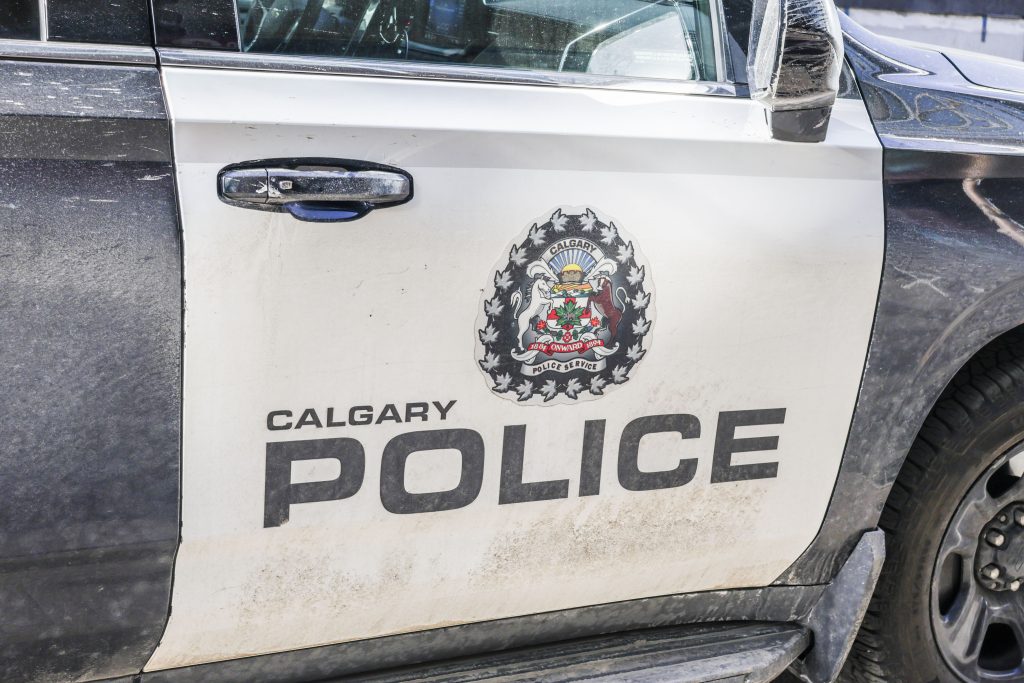Extreme cold grips Alberta, daytime highs of -30 C not seen in 20 years: Environment Canada

Posted Jan 11, 2024 9:09 am.
Last Updated Jan 11, 2024 10:05 am.
The temperature in Calgary continues to plunge, getting colder and colder over the next 48 hours.
“Just a wee bit chilly,” said Heather Pimiskern with Environment and Climate Change Canada (ECCC).
It’s cold, but at least it isn’t La Crete cold — the hamlet in northern Alberta feels like -50 C with the windchill Thursday morning, according to the weather agency.
The provincial hotspot is in Cardston, which is sitting at -24 C.
“For Calgary, temperatures will continue to dip over the next couple of days,” Pimiskern explained. “As far as when the last time we saw temperatues of this range, it looks to be around 2004, which is about 20 years ago when we saw daytime high temperatures around -30 C.
“So you’re looking at about a 20-year gap between now and when we saw these temperatures last.”
The polar vortex is here, with wind chills in the low to mid minus 40s a strong possibility later on in the day.
Frostbite can develop as quickly as a minute, and people are being advised to spend as little time outside as possible.
“Extreme cold puts everyone at risk,” Pimiskern said. “So, it’s recommended if you are outdoors to watch for cold-related symptoms such as shortness of breath, chest pain, muscle pain, weakness, numbness or colour change in your fingers and toes.
“Again, it’s really important that people dress warmly and dress in layers.”
For those who have to get behind the wheel, Carol Henke with the Calgary Fire Department says you need to be ready.
“Key word: prepare — when you’re outside, when you’re on the road commuting, you want to make sure you’re prepared with warm clothing, the proper footwear, because in spite of doing everything correctly, you can find yourself in a situation where you’re stranded on the side of the road,” she said. “You want to have extra clothes, blankets, some candles, and you want to make sure that your gas tank is at least half full, jumper cables or booster cables in your vehicle, that you’re plugging it in so it will start.”
Expect longer wait times if something happens to your vehicle today — 32 hours for a tow or a boost, according to the Alberta Motor Association (AMA).
“It’s important to keep in mind that the tow trucks in any roadside assistance agencies are a lot busier when it gets cold,” Henke said. “So, if you need a tow truck or you need assistance it could take hours, if not longer, so it’s important to be prepared.”
And, drivers should make sure to slow down and drive to the conditions.
The Calgary Police Service says from midnight to 4 p.m. Wednesday there were over 180 crashes, including over a dozen that included injuries.
Those looking to take transit should also expect some delays.
In a statement, Calgary Transit says some routes may be delayed, and that the CTrain could be running behind schedule over the next few days.








